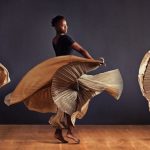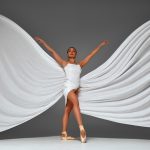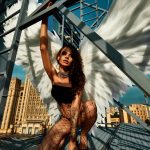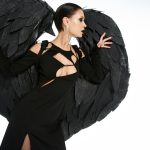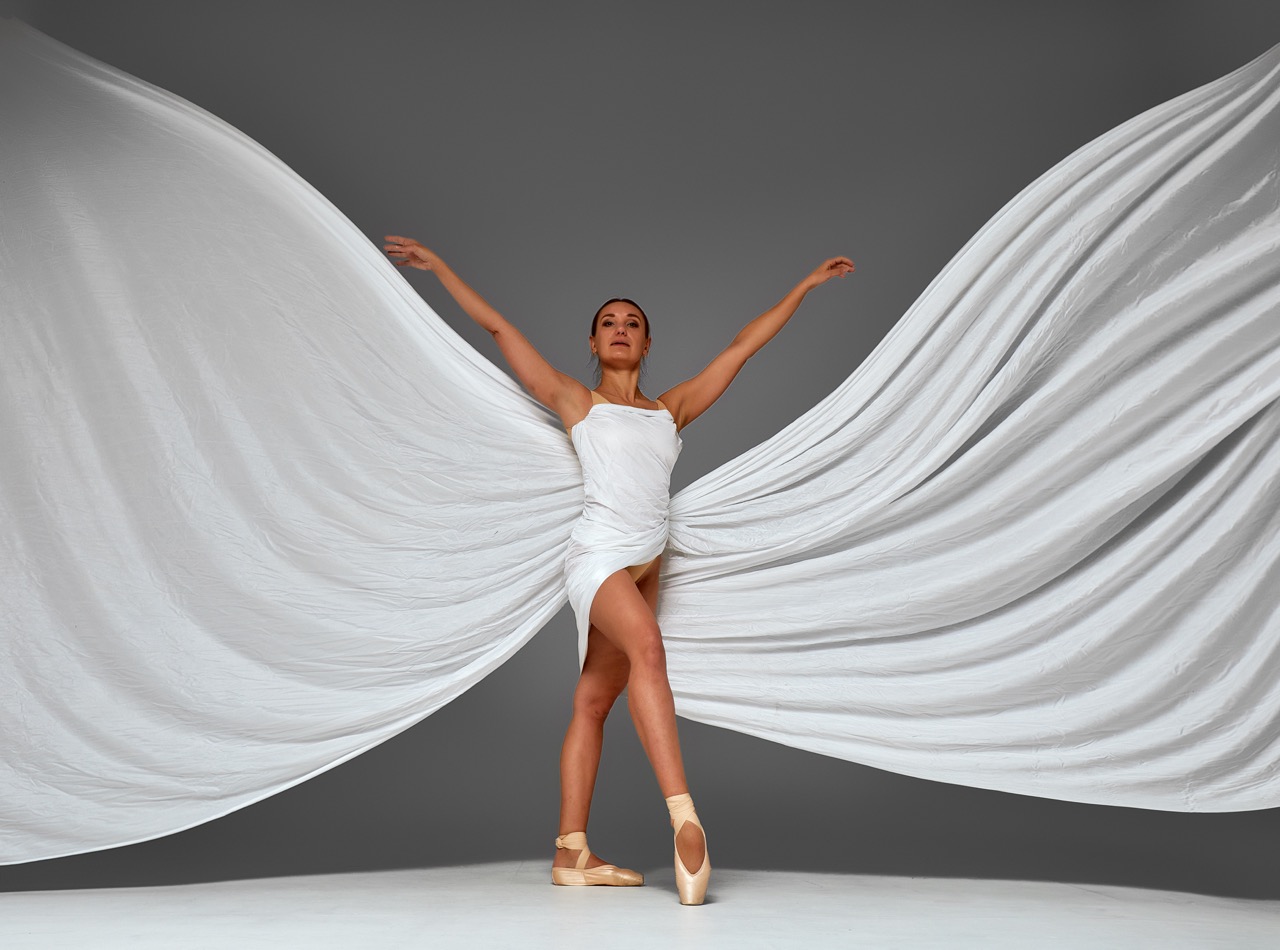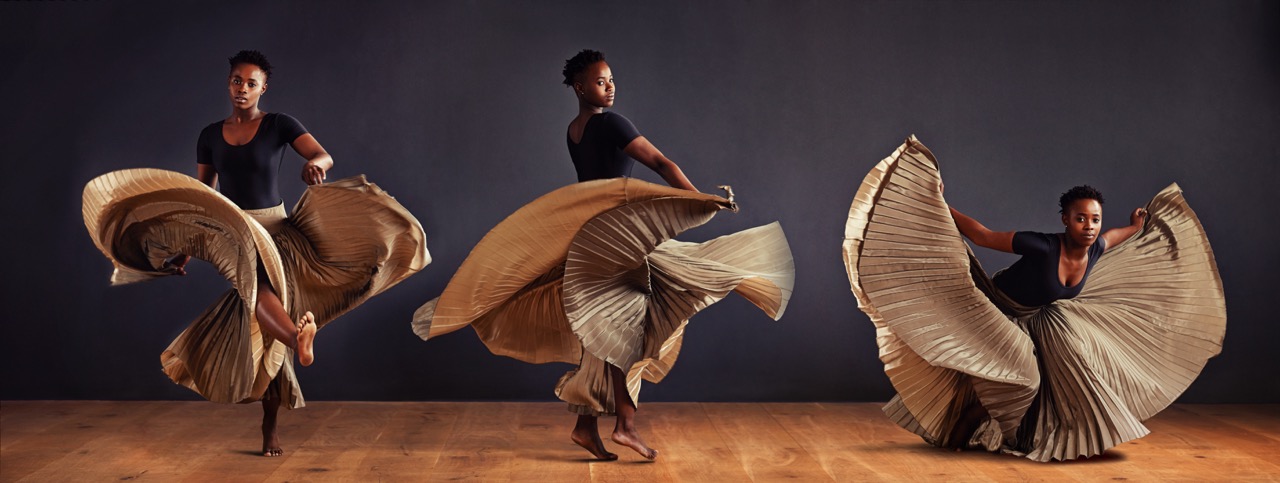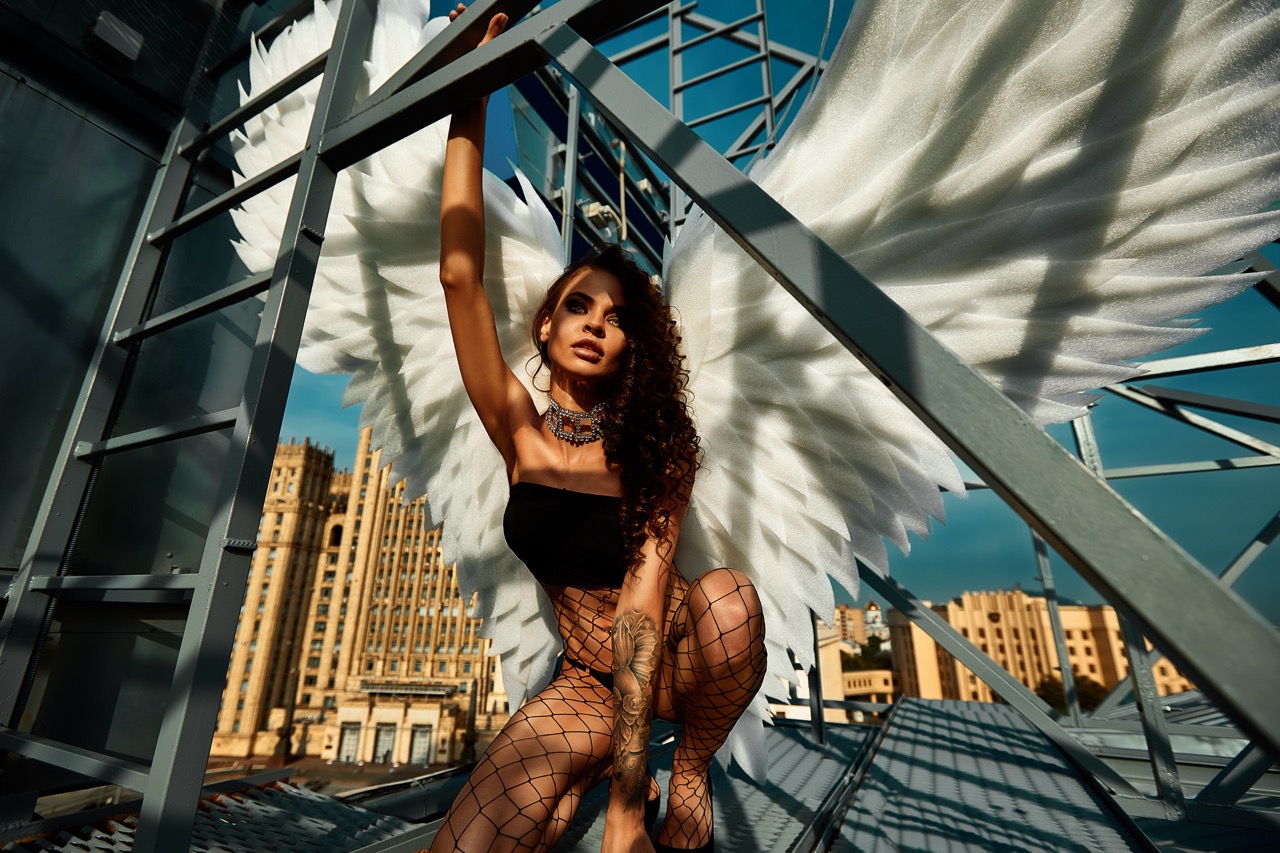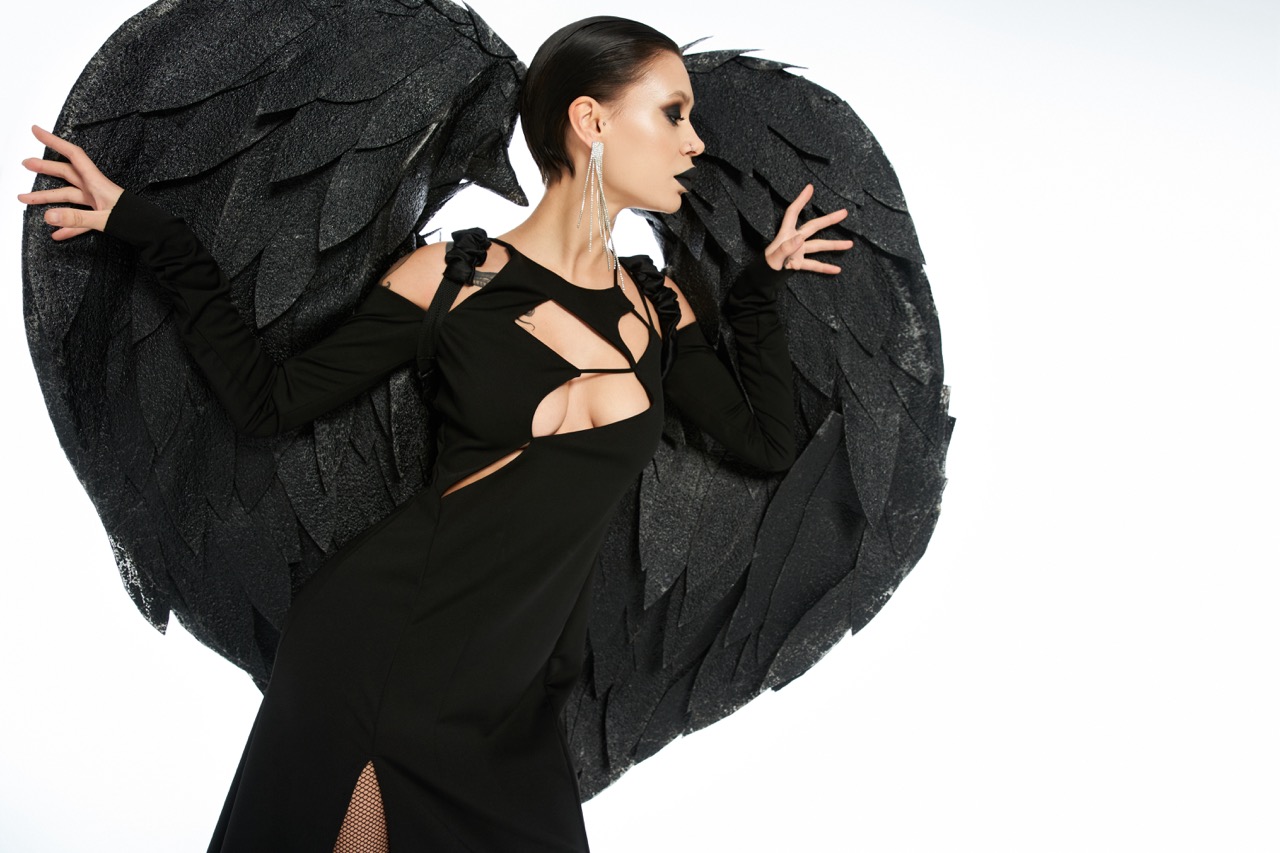Flamenco, a vibrant and passionate art form that originated in the Andalusian region of Spain, is as much about the visual spectacle as it is about the emotive power of music and dance. One of the standout features of this cultural phenomenon is the intricately designed costumes, which play a pivotal role in the performance. Among the various elements of Flamenco attire, the wings—those dramatic folds of fabric that adorn the dancers—hold a special significance. This article explores the artistry behind Flamenco costumes, delves into the symbolism of the wings, examines the textile traditions that breathe life into these garments, and discusses how the costumes complement the dance, creating a breathtaking experience for audiences.
The Artistry of Flamenco Costumes: A Cultural Journey
Flamenco costumes are a rich tapestry of culture, history, and artistry. Traditionally composed of vibrant colors, ruffles, and intricate patterns, these outfits reflect the diverse influences of the various cultures that have mingled in Spain over centuries. Each element of the costume—from the form-fitting bodices to the flowing skirts—works together to tell a story, embodying the spirit of Flamenco and the emotional depth of the performance. As dancers twirl and sway, their costumes come alive, visually narrating the passion, sorrow, and joy that characterize Flamenco.
The design of these costumes is often a collaborative effort, involving skilled artisans who specialize in traditional techniques. Tailors and designers draw inspiration from historical garments, employing age-old methods to create unique pieces that resonate with both the past and the present. The process of crafting a Flamenco dress is meticulous, involving countless hours of work to ensure that each ruffle is perfectly proportioned and the fit is just right. For many performers, wearing a stunning costume is not just a matter of aesthetics; it is an essential part of their identity as they embody the soul of Flamenco.
The evolution of Flamenco costumes has also mirrored societal changes. While traditional styles still hold sway, modern adaptations have introduced contemporary elements, showcasing the dynamic nature of this art form. The dialogue between past and present allows performers to express their individuality while honoring the cultural heritage from which Flamenco springs. This blend of tradition and innovation ensures that Flamenco remains a living, breathing art form that continues to captivate audiences around the world.
Unveiling the Wings: Symbolism in Flamenco Fashion
In Flamenco, the wings are not merely decorative; they are laden with symbolism and meaning. Often represented by the voluminous skirts and layered fabrics, the wings evoke the power of flight, freedom, and transcendence. The act of dancing with these flowing forms mirrors the movement of birds in the air, transcending earthly limitations and allowing the dancer to express a deep emotional narrative. This connection to nature heightens the poignancy of the performance, as dancers embody the spirit of liberation that is central to Flamenco.
Moreover, the wings in Flamenco fashion can symbolize femininity, strength, and resilience. As the dancers swirl and spin, the wings create a visual spectacle that accentuates their movements, embodying the duality of grace and power. In a world where women have often faced constraints, the ability to take flight, even if only symbolically, serves as a powerful statement of autonomy and defiance. Thus, the wings not only enhance the visual appeal of the performance but also serve as a metaphor for the struggles and triumphs of the human experience.
The use of wings can also be seen in the context of emotional expression. Flamenco, rooted in the deep wells of personal and collective experiences, often conveys themes of love, loss, and longing. The movement of the wings allows dancers to articulate these complex emotions, creating a connection with the audience that resonates on a profound level. As the fabric billows and flows, it becomes an extension of the dancer’s own spirit, turning the performance into a powerful narrative that transcends words.
Textile Traditions: Materials that Make the Wings Soar
The materials used in Flamenco costumes play a crucial role in bringing the wings to life. Traditional fabrics such as silk, lace, and cotton are favored for their texture and movement, each contributing to the overall aesthetic of the performance. Silk, with its sheen and fluidity, allows for graceful movements, capturing the light and adding depth to the visual experience. Lace, often used as an overlay or detailing, lends an air of delicacy and femininity to the costumes, while cotton provides a more structured option that enhances the volume of the wings.
In addition to the choice of fabric, the colors and patterns of the textiles are equally significant. Bold, vibrant colors dominate Flamenco costumes, each hue carrying its own cultural meaning. Red, for example, symbolizes passion and intensity, while black conveys elegance and mystery. The use of polka dots, florals, and geometric patterns can further elevate the design, allowing dancers to showcase their individuality while adhering to traditional aesthetics. These choices are deeply personal, often reflecting the dancer’s identity and emotional state.
The craftsmanship involved in producing these costumes is steeped in tradition, with many artisans passing down their skills through generations. The intricate processes of dyeing, weaving, and sewing are often labor-intensive, requiring a deep understanding of the materials and techniques. This dedication to quality and craftsmanship ensures that each costume is not just a garment, but a work of art that enhances the dancer’s performance. As such, the textile traditions of Flamenco serve as a testament to the enduring nature of this cultural practice, preserving its essence while allowing it to evolve.
Dance and Design: How Costumes Enhance Flamenco Performance
The synergy between dance and costume design in Flamenco is a remarkable aspect of this art form. Costumes are meticulously crafted not only to look beautiful but also to enhance the dancer’s movements. The draping of fabric, the weight of the skirts, and the placement of ruffles all contribute to the overall dynamics of the performance. As dancers execute intricate footwork and fluid gestures, the costumes respond in kind, creating a visual symphony that captivates the audience.
Moreover, the costumes serve as a narrative device, allowing dancers to embody different characters and emotions throughout their performances. Each element of the costume—the color, the shape, the embellishments—can signify a specific feeling or persona, enabling the dancer to tell a story that resonates deeply with the audience. This transformative power of the costumes adds layers of meaning to the performance, making it not just a display of skill and artistry, but a profound exploration of human experience.
Additionally, the interaction between the dancer and their costume creates a unique theatrical experience. The way the fabric moves, catches the light, and responds to the dancer’s body can heighten the emotional intensity of the performance. Audience members are drawn into this captivating world where movement and design converge, resulting in a rich and immersive experience. In Flamenco, the costumes are not merely an accessory; they are integral to the storytelling, enhancing the overall impact of the performance and leaving a lasting impression on all who witness it.
In conclusion, the wings of Flamenco costumes represent much more than mere embellishments; they embody the essence of this captivating art form. Through a journey of cultural exploration, symbolism, and textile traditions, we come to understand how these costumes are intricately woven into the very fabric of Flamenco. As dancers take to the stage, their costumes not only enhance their movements but also amplify the emotional resonance of their performances, allowing audiences to experience the profound beauty and complexity of Flamenco. The artistry behind these costumes continues to evolve, ensuring that this passionate expression of culture remains vibrant and alive for generations to come.
